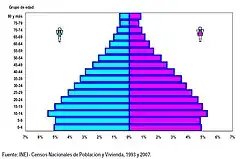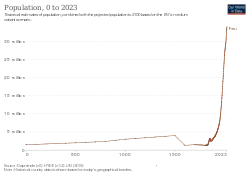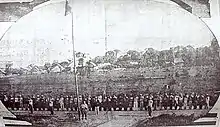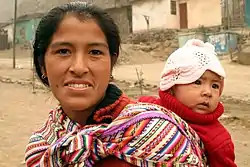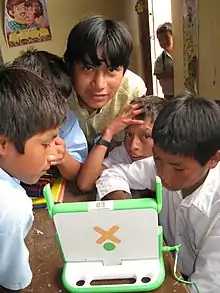Portal:Peru
Introduction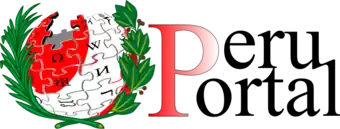 The Peru Portal
Peru (/pəˈruː/ ⓘ pə-ROO; Spanish: Perú [peˈɾu]; Quechua: Piruw [pɪɾʊw]; Aymara: Piruw [pɪɾʊw]), officially the Republic of Peru (ES-pe - República del Perú.ogg), is a country in western South America. It is bordered in the north by Ecuador and Colombia, in the east by Brazil, in the southeast by Bolivia, in the south by Chile, and in the south and west by the Pacific Ocean. Peru is a megadiverse country with habitats ranging from the arid plains of the Pacific coastal region in the west to the peaks of the Andes mountains extending from the north to the southeast of the country to the tropical Amazon basin rainforest in the east with the Amazon River. Peru has a population of over 32 million, and its capital and largest city is Lima. At 1,285,216 km2 (496,225 sq mi), Peru is the 19th largest country in the world, and the third largest in South America. Peruvian territory was home to several cultures during the ancient and medieval periods, and has one of the longest histories of civilization of any country, tracing its heritage back to the 10th millennium BCE. Notable pre-colonial cultures and civilizations include the Caral-Supe civilization (the earliest civilization in the Americas and considered one of the cradles of civilization), the Nazca culture, the Wari and Tiwanaku empires, the Kingdom of Cusco, and the Inca Empire, the largest known state in the pre-Columbian Americas. The Spanish Empire conquered the region in the 16th century and Charles V established a viceroyalty with the official name of the Kingdom of Peru that encompassed most of its South American territories, with its capital in Lima. Higher education started in the Americas with the official establishment of the National University of San Marcos in Lima in 1551. Peru has a population that includes Mestizos, Amerindians, Europeans, Africans and Asians. The main spoken language is Spanish, although a significant number of Peruvians speak Quechuan languages, Aymara, or other Indigenous languages. This mixture of cultural traditions has resulted in a wide diversity of expressions in fields such as art, cuisine, literature, and music. (Full article...)
| |||||||||||||||
| “ | I am a free man. I feel as light as a feather. | ” |
Basic facts & figures
More did you know...
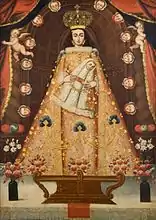
- ...that the 17th century Cuzco School (painting pictured), centered on Cusco, Peru, is considered the first organized artistic center in the New World?
- ...that Alan García was reelected as president in the 2006 general election twenty years after a first term marked by economic crisis and social unrest?
- ...that José Carlos Mariátegui, a journalist, political philosopher, and founder of the Peruvian Socialist Party, was self-taught?
- ...that around a quarter of all Peruvian Hairless Dogs are actually born with hair?
- ...that the Quelccaya Ice Cap, the largest glaciated area in the tropics, has lost approximately 20% of its area since 1978?
Peru Topics
Recognized content
| This is a list of recognized content, updated weekly by JL-Bot (talk · contribs) (typically on Saturdays). There is no need to edit the list yourself. If an article is missing from the list, make sure it is tagged (e.g. {{WikiProject Peru}}) or categorized correctly and wait for the next update. See WP:RECOG for configuration options. |
Featured articles
Featured lists
Good articles
- 2007 Carancas impact event
- Gómez de Alvarado
- Ampato
- Andagua volcanic field
- Juan Bielovucic
- Casiri (Tacna)
- Chachani
- Sarita Colonia
- Cutervo National Park
- Edwin Donayre
- Mariano Gagnon
- History of Lima
- Huascarán National Park
- LANSA Flight 502
- Battle of Ollantaytambo
- Peru at the 2010 Winter Olympics
- William H. Prescott
- Purupuruni
- Quyllurit'i
- Sabancaya
- Sara Sara
- Joran van der Sloot
- Squatting in Peru
- Lake Tauca
- Ticsani
- Yucamane
WikiProjects
Things you can do
 Assess and prioritise articles (log)
Assess and prioritise articles (log) Check for copyvios at Special:Contributions/Priscilla D, tag as {{Db-copyvio}} where appropriate
Check for copyvios at Special:Contributions/Priscilla D, tag as {{Db-copyvio}} where appropriate Create:
Create:- Expand: new articles; top importance articles
 FAC / FLC: Peru national football team
FAC / FLC: Peru national football team GAN:
GAN: Merge requests: Amazonas before the Inca Empire, Chachapoyas culture
Merge requests: Amazonas before the Inca Empire, Chachapoyas culture Review: Shining Path, Universitario de Deportes
Review: Shining Path, Universitario de Deportes Translate: National University of San Marcos
Translate: National University of San Marcos Work on Lima, the current article improvement drive
Work on Lima, the current article improvement drive Wikify: articles needing attention
Wikify: articles needing attention
New articles
Rules | Match log | Results page (for watching) | Last updated: 2023-10-24 21:54 (UTC)
Note: The list display can now be customized by each user. See List display personalization for details.
- Quemel Farías (edit | talk | history | links | watch | logs | tools) by ImSnot (talk · contribs · new pages (5)) started on 2023-10-24, score: 31
- Placomaronea mendozae (edit | talk | history | links | watch | logs | tools) by Esculenta (talk · contribs · new pages (69)) started on 2023-10-24, score: 31
- The Ship of Ice (edit | talk | history | links | watch | logs | tools) by Britfilm (talk · contribs · new pages (70)) started on 2023-10-24, score: 16
- Pristimantis symptosus (edit | talk | history | links | watch | logs | tools) by Micromesistius (talk · contribs · new pages (4)) started on 2023-10-23, score: 31
- Pyrolirion tubiflorum (edit | talk | history | links | watch | logs | tools) by Flora and fauna man (talk · contribs · new pages (18)) started on 2023-10-23, score: 31
- Manuel Uribe (footballer) (edit | talk | history | links | watch | logs | tools) by SuperSkaterDude45 (talk · contribs · new pages (23)) started on 2023-10-22, score: 31
- List of ship launches in 1840 (edit | talk | history | links | watch | logs | tools) by Mjroots (talk · contribs · new pages (10)) started on 2023-10-21, score: 16
- Torre degli Sciri (edit | talk | history | links | watch | logs | tools) by AliasXX00 (talk · contribs · new pages (1)) started on 2023-10-20, score: 15
- Barata (footballer, born 1972) (edit | talk | history | links | watch | logs | tools) by Svartner (talk · contribs · new pages (159)) started on 2023-10-20, score: 15
- Razesh Danda (edit | talk | history | links | watch | logs | tools) by Paradoxodarap (talk · contribs · new pages (3)) started on 2023-10-20, score: 16
- Fronton Island (edit | talk | history | links | watch | logs | tools) by Alexysun (talk · contribs · new pages (1)) started on 2023-10-16, score: 16
- French roll (edit | talk | history | links | watch | logs | tools) by Melsj (talk · contribs · new pages (14)) started on 2023-10-19, score: 23
- El Secreto de Rosita (edit | talk | history | links | watch | logs | tools) by Another Believer (talk · contribs · new pages (103)) started on 2023-10-18, score: 15
- Miss Grand International 2014 (edit | talk | history | links | watch | logs | tools) by Thomson Walt (talk · contribs · new pages (9)) started on 2023-10-18, score: 16
- Alicia Cervera (edit | talk | history | links | watch | logs | tools) by MiamiODW (talk · contribs · new pages (1)) started on 2023-10-18, score: 16
- Ernest Malinowski Monument (edit | talk | history | links | watch | logs | tools) by Artemis Andromeda (talk · contribs · new pages (122)) started on 2023-10-18, score: 31
- Solar eclipse of April 29, 1995 (edit | talk | history | links | watch | logs | tools) by JPxG (talk · contribs · new pages (30)) started on 2023-10-18, score: 16
- Solar eclipse of November 3, 1994 (edit | talk | history | links | watch | logs | tools) by JPxG (talk · contribs · new pages (30)) started on 2023-10-18, score: 31
- Placomaronea lambii (edit | talk | history | links | watch | logs | tools) by Esculenta (talk · contribs · new pages (69)) started on 2023-10-18, score: 31
- Solar eclipse of June 8, 1937 (edit | talk | history | links | watch | logs | tools) by JPxG (talk · contribs · new pages (30)) started on 2023-10-17, score: 16
- André Lacroix (cyclist) (edit | talk | history | links | watch | logs | tools) by Gecko696969 (talk · contribs · new pages (2)) started on 2023-10-17, score: 31
- William Fields (Canadian football) (edit | talk | history | links | watch | logs | tools) by Cmm3 (talk · contribs · new pages (11)) started on 2023-10-16, score: 16
- Solar eclipse of May 30, 1965 (edit | talk | history | links | watch | logs | tools) by JPxG (talk · contribs · new pages (30)) started on 2023-10-16, score: 16
- Exuperius (moth) (edit | talk | history | links | watch | logs | tools) by Scorpions1325 (talk · contribs · new pages (69)) started on 2023-10-15, score: 16
- History of Manaus (edit | talk | history | links | watch | logs | tools) by Racnela21 (talk · contribs · new pages (16)) started on 2023-10-13, score: 16
- Francisco Igartua (edit | talk | history | links | watch | logs | tools) by Jrbbopp (talk · contribs · new pages (1)) started on 2023-10-13, score: 46
- Colombian Aerospace Force (edit | talk | history | links | watch | logs | tools) by BegbertBiggs (talk · contribs · new pages (106)) started on 2023-10-12, score: 16
- Popular Artist Movement (edit | talk | history | links | watch | logs | tools) by Johnny Conquest (talk · contribs · new pages (1)) started on 2023-10-02, score: 31
- Ricardo Giesecke (edit | talk | history | links | watch | logs | tools) by AWritingHuman (talk · contribs · new pages (1)) started on 2023-10-12, score: 31
- 2023 Women's South American Cricket Championship (edit | talk | history | links | watch | logs | tools) by Vikram maingi (talk · contribs · new pages (7)) started on 2023-10-12, score: 16
- × Borzicana (edit | talk | history | links | watch | logs | tools) by Cs california (talk · contribs · new pages (12)) started on 2023-10-12, score: 23
- Placomaronea candelarioides (edit | talk | history | links | watch | logs | tools) by Esculenta (talk · contribs · new pages (69)) started on 2023-10-11, score: 16
- Valentino Delgado (edit | talk | history | links | watch | logs | tools) by Davidlofgren1996 (talk · contribs · new pages (40)) started on 2023-10-11, score: 31
- Matucana pujupatii (edit | talk | history | links | watch | logs | tools) by Cs california (talk · contribs · new pages (12)) started on 2023-10-11, score: 31
- Cesare Fani (edit | talk | history | links | watch | logs | tools) by Mccapra (talk · contribs · new pages (12)) started on 2023-10-08, score: 15
- Cleistocactus pungens (edit | talk | history | links | watch | logs | tools) by Cs california (talk · contribs · new pages (12)) started on 2023-10-10, score: 31
- Claudia Zevallos (edit | talk | history | links | watch | logs | tools) by The Film Creator (talk · contribs · new pages (36)) started on 2023-10-10, score: 15
- Chiriaco (edit | talk | history | links | watch | logs | tools) by Wisdood (talk · contribs · new pages (7)) started on 2023-10-10, score: 16
- 2023 Men's South American Cricket Championship (edit | talk | history | links | watch | logs | tools) by Vikram maingi (talk · contribs · new pages (7)) started on 2023-10-10, score: 16
Associated Wikimedia
The following Wikimedia Foundation sister projects provide more on this subject:
-
 Commons
Commons
Free media repository -
 Wikibooks
Wikibooks
Free textbooks and manuals -
 Wikidata
Wikidata
Free knowledge base -
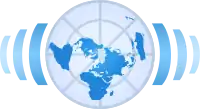 Wikinews
Wikinews
Free-content news -
 Wikiquote
Wikiquote
Collection of quotations -
 Wikisource
Wikisource
Free-content library -
 Wikiversity
Wikiversity
Free learning tools -
 Wikivoyage
Wikivoyage
Free travel guide -
 Wiktionary
Wiktionary
Dictionary and thesaurus
-
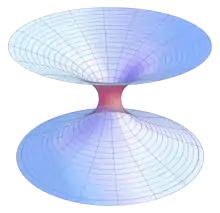 List of all portalsList of all portals
List of all portalsList of all portals -
 The arts portal
The arts portal -
 Biography portal
Biography portal -
 Current events portal
Current events portal -
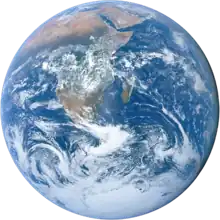 Geography portal
Geography portal -
 History portal
History portal -
 Mathematics portal
Mathematics portal -
 Science portal
Science portal -
 Society portal
Society portal -
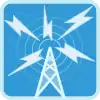 Technology portal
Technology portal -
 Random portalRandom portal
Random portalRandom portal -
 WikiProject PortalsWikiProject Portals
WikiProject PortalsWikiProject Portals

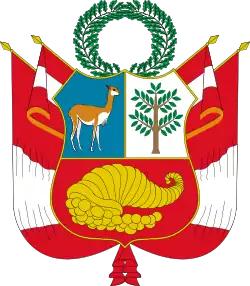
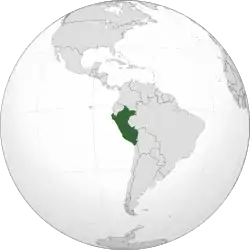
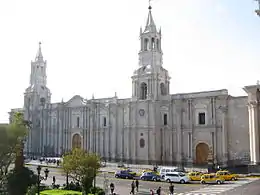


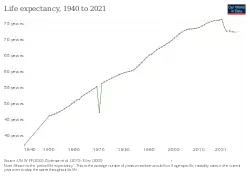


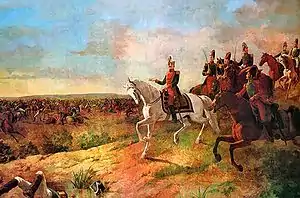
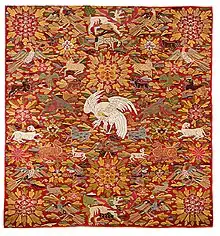

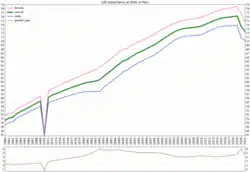

.svg.png.webp)
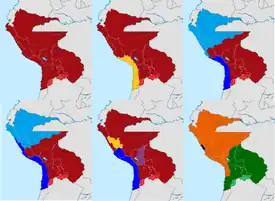

.svg.png.webp)
_LOC_2010592749.jpg.webp)
